For those who are DIYers, it is possible to
build an Arduino car using more or less the same
principles as above without having the chassis presented above. I proposed this
option for those who are unable to obtain components from China (pre-made
chassis, YFROBOT board...)
DIY: build your own
arduino car
For those who are DIYers, it is
possible to build an Arduino car using more or less the
same principles as above without having the chassis presented above. I proposed
this option for those who are unable to obtain components from China (pre-made
chassis, YFROBOT board...)

Additional material, modules
and components used for building the car:
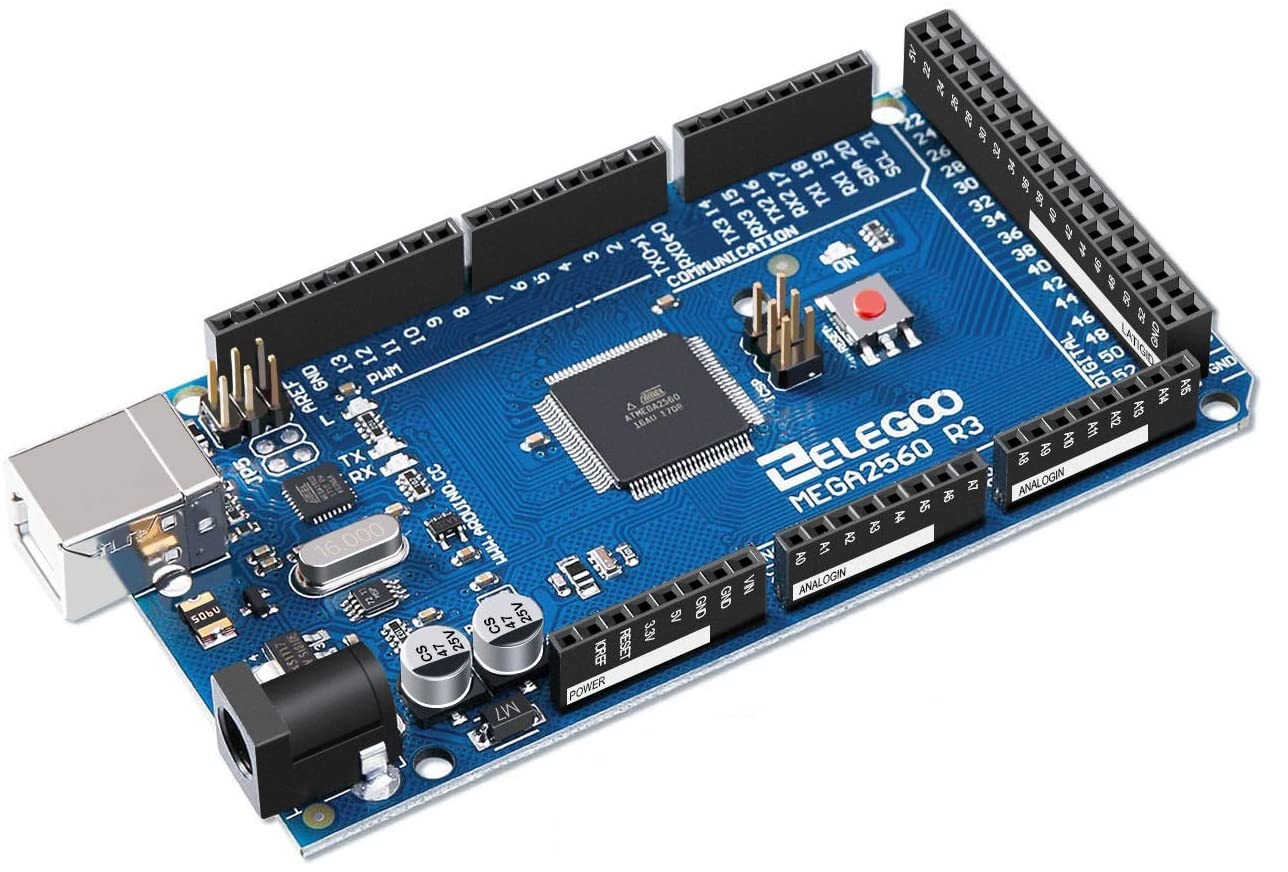
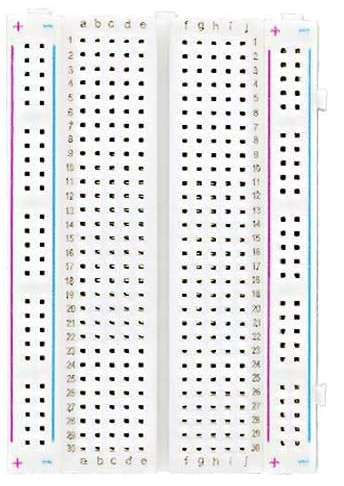
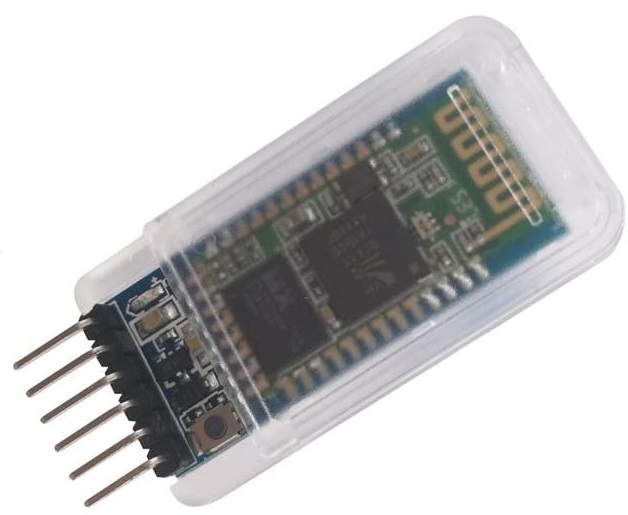
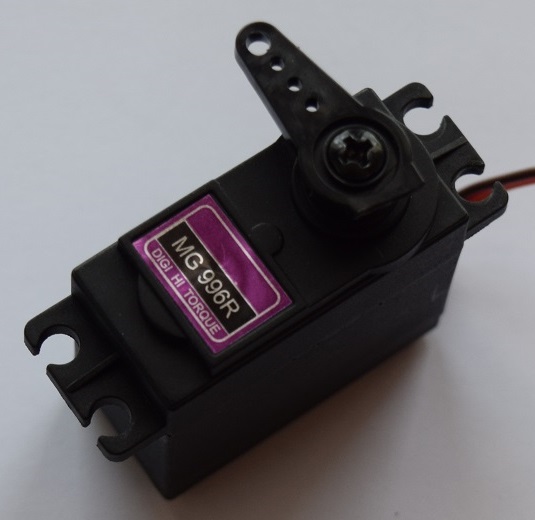

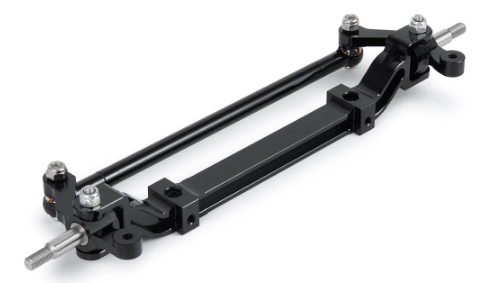
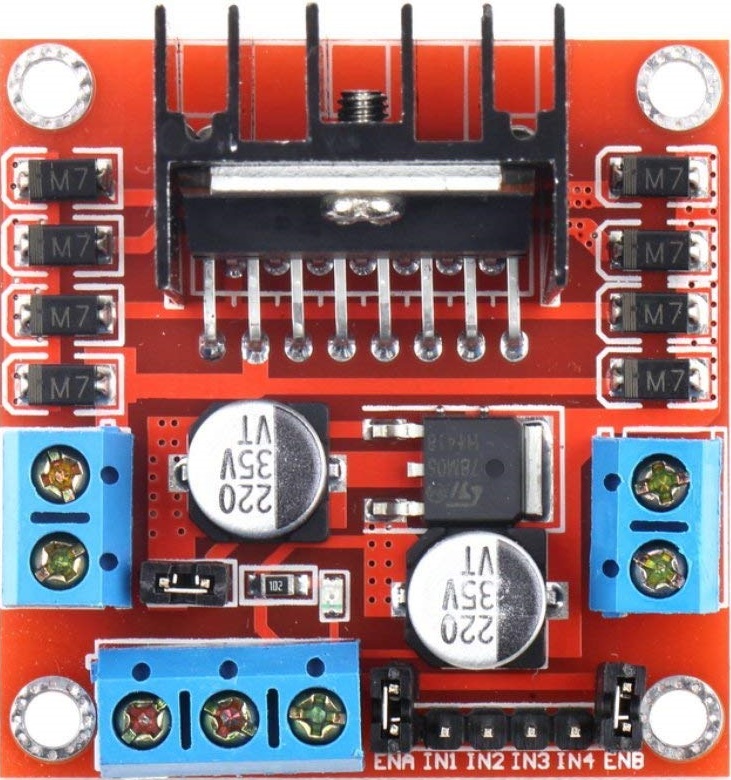
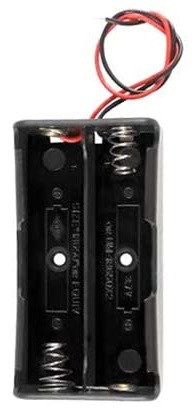
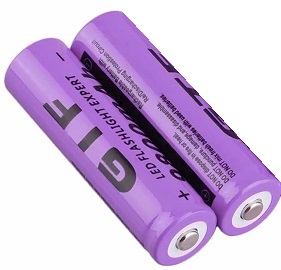
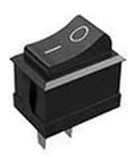
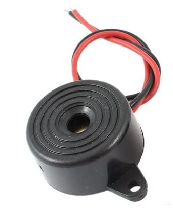

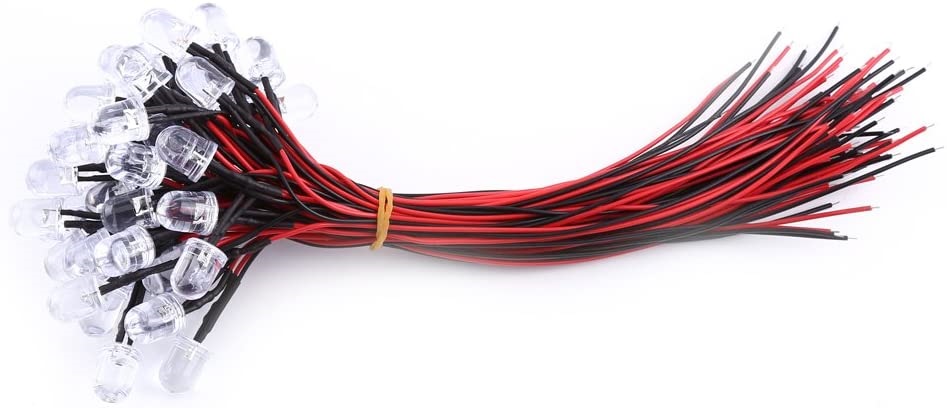
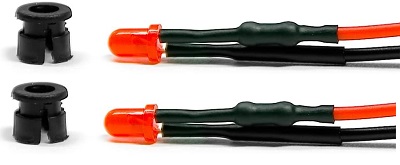
- An Arduino Mega 2560 card or similar
- Half a connection plate
- An HC-05 Bluetooth module
- An MG 996R servomotor with cables and accessories
(arms and screws) to control the front steering (We fix it under the board used
as a base in front of the steering bar)
- Two motors to ensure transmission of the rear wheels
- Four Arduino wheels
The 2 front
wheels will be reversed, drilled and modified with mini-bearings
that will fit onto the two axles, two nuts will be needed to hold them.
The rear wheels
are simply fitted onto the rectangular section motor axles.
- 4 mini ball bearings 5 X 11 X 4 mm (2
per front wheel)
- Complete pre-equipped steering bar (wheel spacing 14
cm)
- A steering rod
- An L298N Dual H-Bridge Motor Driver module
- A holder for 2 18650 Li-ion lithium batteries
- Two Li-Ion 18650 rechargeable batteries of 3.7 volts
each
- A general switch
- 1 buzzer which will serve as a horn
- 3 resistors of 1KΩ, 1 resistor of 220 Ω, 1 blue LED, white LEDs to
place at the front, 2 red diodes to place at the rear
- Colored cables, jumpers for the various connections
between all these elements
- The support will be cut from a 1 cm thick plywood
plate
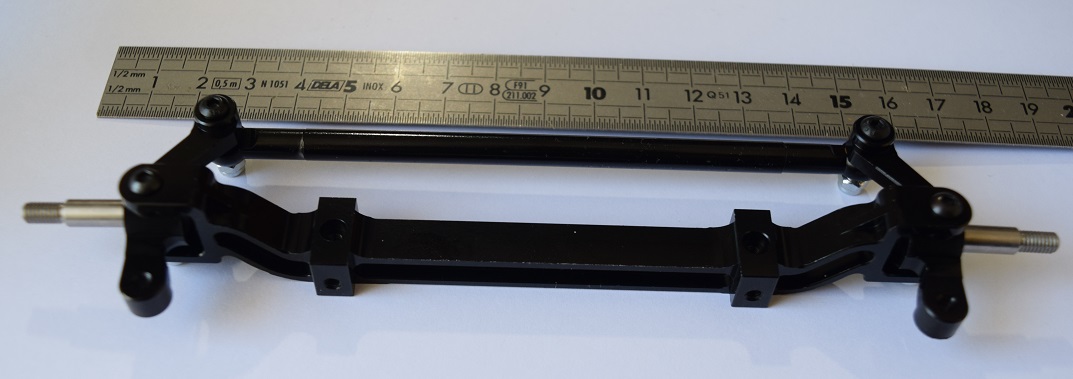
Allow a spacing of
14 cm between the front wheels and therefore the rear wheels to cut your
support board accordingly


A link will be fixed between the servomotor and
the steering bar
The Arduino B4R program has been slightly modified
since we now manage 2 rear motors instead of just one
but the scenario remains the same and therefore the B4A application on
Smartphone remains exactly the same as previously with the car with equipped
chassis.
The test button will cause the exact same results:
- The front wheels will turn to the right then to the
left before aligning in a straight line
- The vehicle will move forward for 3 seconds then
reverse for 3 seconds
- Again, the lights and the horn will come on then go
off 3 times
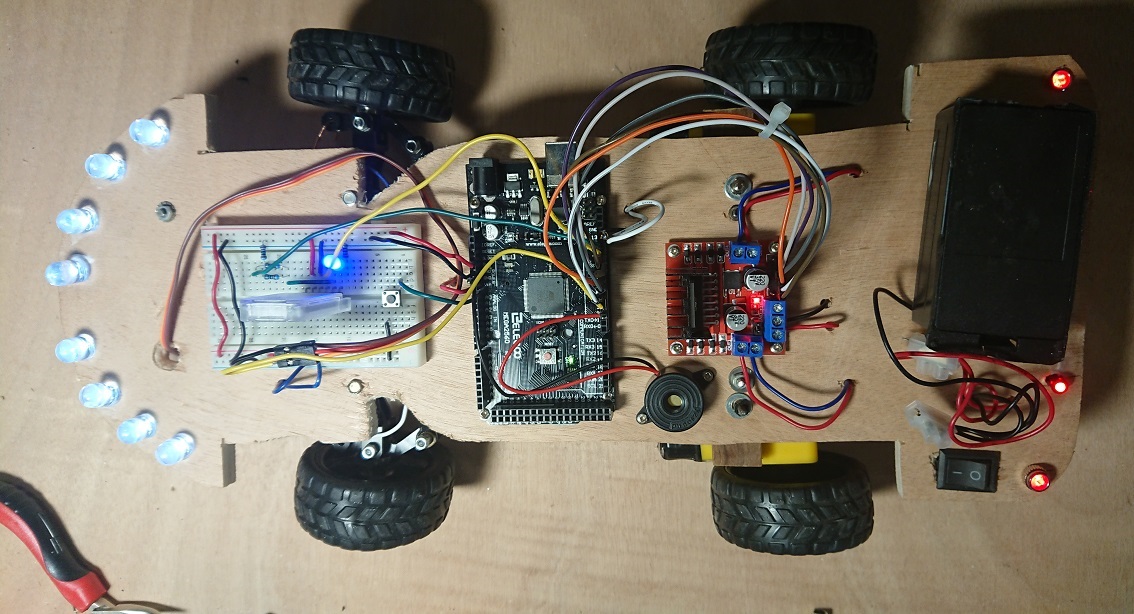
DIY prototype, in
working order
On the other hand, the connection
diagram is not exactly the same since the use of two
rear motors results in the complete use of the L298N module and its 6 pins ENA,
IN1, IN2, IN3, IN4 and ENB
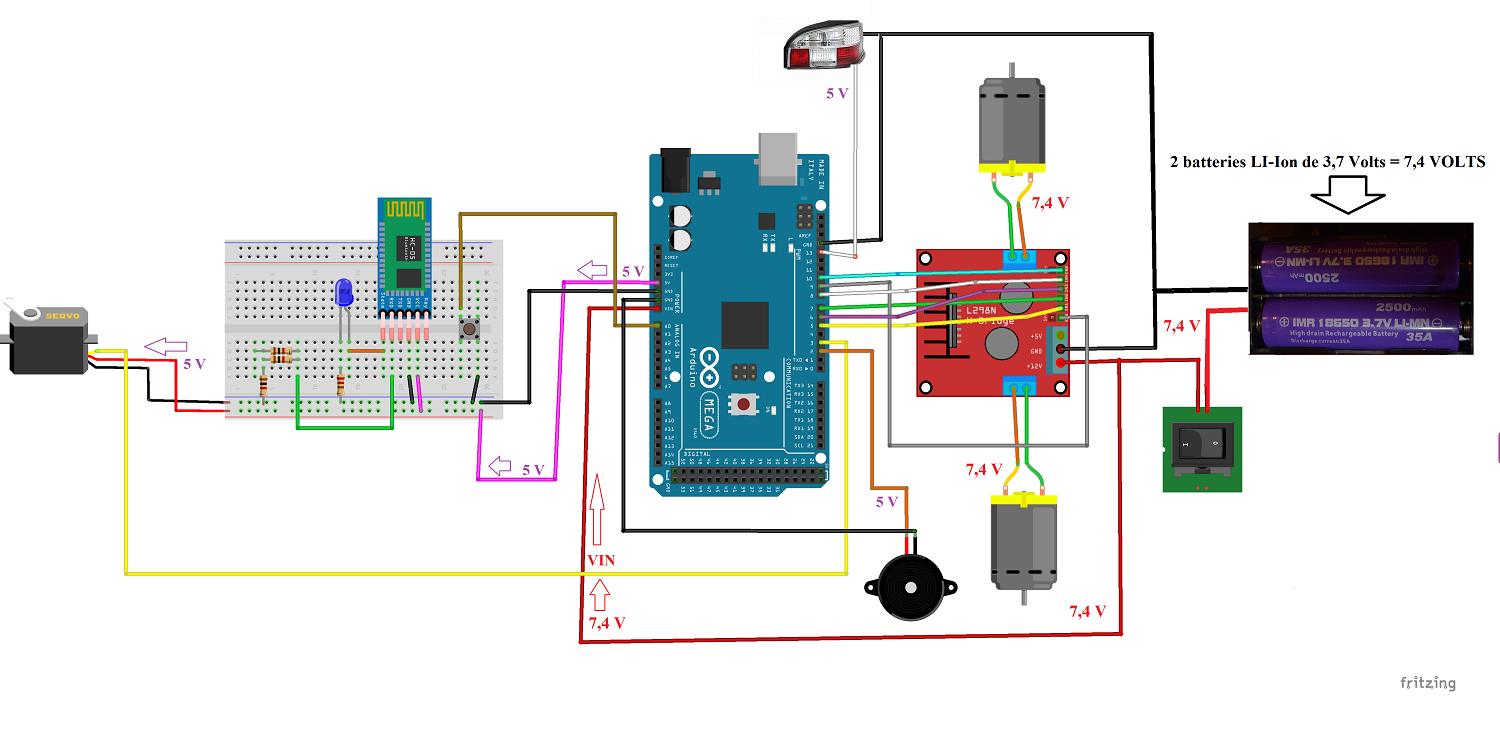
General diagram of the connections
between the various components of the Arduino car
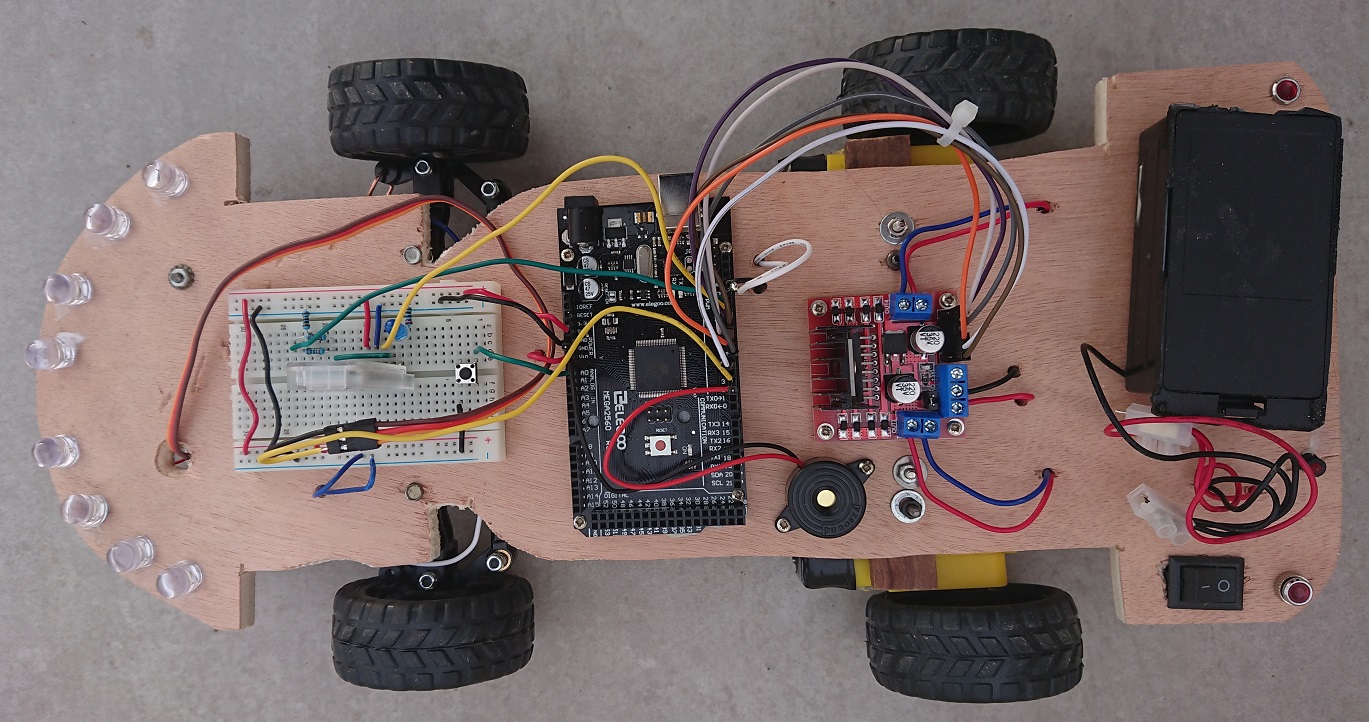
Video >>>
Tests obtained after pressing the
test button